Scientists Find The Great Pacific Garbage Patch Alive With Floating Life
In the middle of the garbage sea, long-distance swimmer Ben Lecomte discovered a thriving ecosystem, the moment is kind of bittersweet
French long-distance swimmer Benoit Lecomte planned one of his most ambitious expeditions in the summer of 2018, to swim through the Great Pacific Garbage Patch to raise awareness about a man-made problem of plastic pollution that is causing massive issues for marine life. While he completed this endeavor, he found large pieces of debris like a toilet seat and a hardhat and countless plastic items in the middle of the Pacific Ocean. But the most surprising of the discoveries was the bountiful of floating life comprising small and large marine organisms living in and around the Great Pacific Garbage Patch.
Lecomte swam through the garbage patch, which is one of the most notorious man-made ecological disasters and is full of a heterogeneous collection of micro-and macro-plastics suspended in the North Pacific Ocean between Hawaii and California. In the two-and-a-half-month expedition, he swam 338 nautical miles in 44 separate legs, spending around six hours each day face down in a sea of tiny plastic particles.
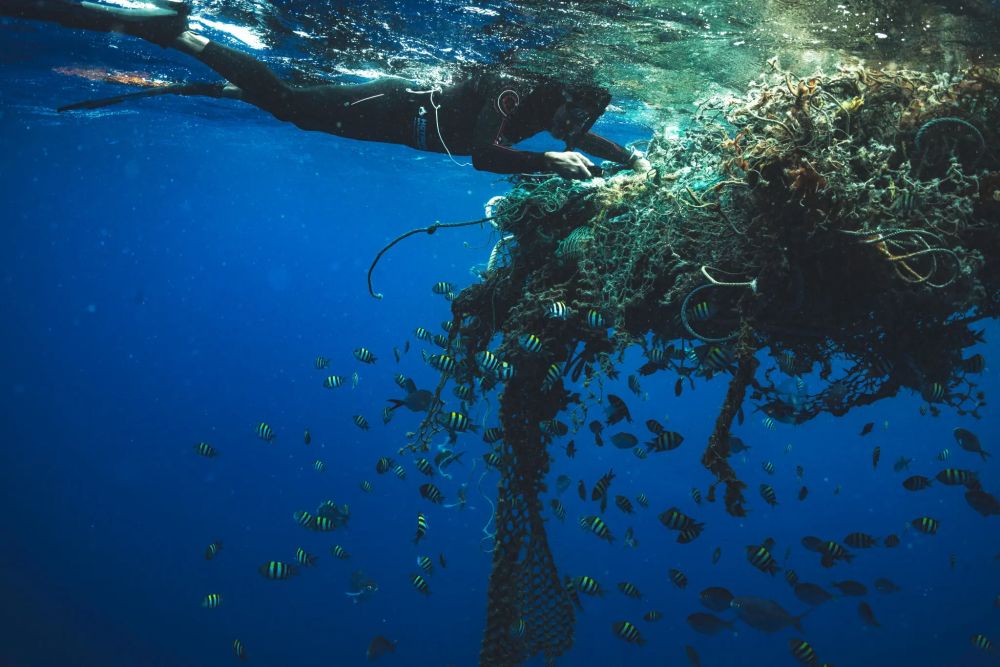
Image: Ben Lecomte
Many of Lecomte’s findings were captured and examined by researchers from multiple universities around the world in a yet-to-be-peer-reviewed paper. The paper was co-authored by Rebecca Helm, an assistant professor of biology at the University of North Carolina, Ashville, who used Lecomte’s voyage to study these life forms, including snails and rare blue sea dragons, thriving in the ocean trash.
The Great Pacific Garbage Patch contains neuston – small aquatic organisms inhabiting the surface layer of water – at high concentrations, along with a high number of microplastics. Helm and her team presented evidence of abundant neuston living throughout the patch and discovered a link between the abundance of plastic and thriving floating life.
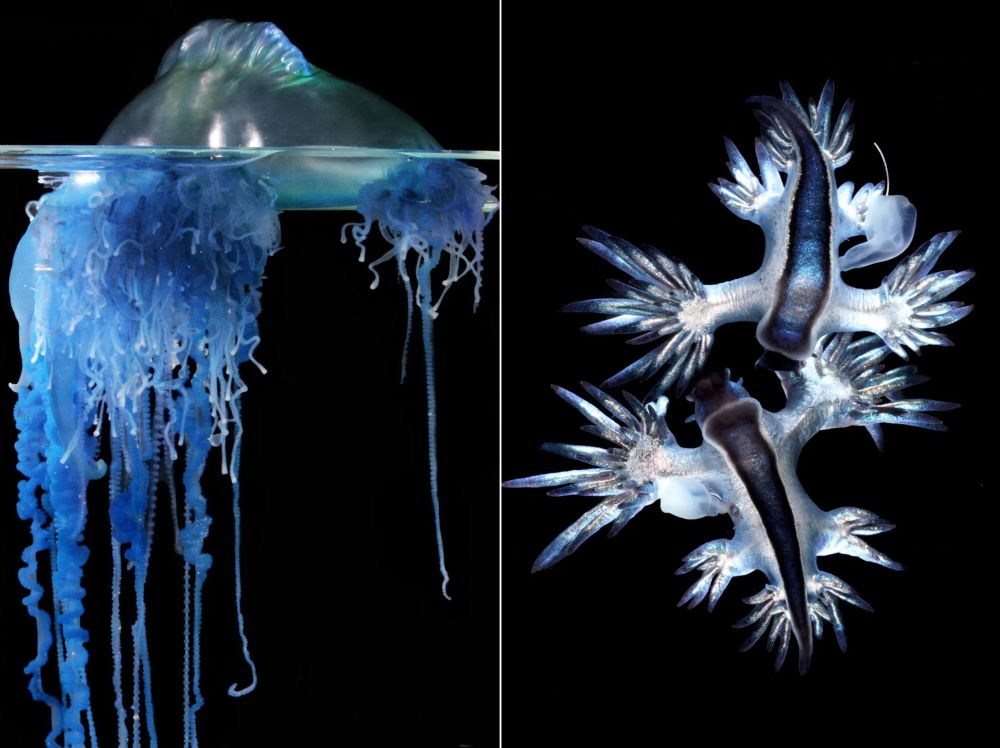
Image: Denis Rieck
Helm said;
We’ve been looking at this meadow and going, ‘Well, this is a dump,’ not seeing all the life that existed around the plastic and probably way, way before the plastic. These animals are not directly interacting with plastic. They’re just being concentrated in the same way.
To simplify, the garbage pile in the middle of the ocean is supporting neuston life and offering shelter, which is usually at the mercy of the ocean tide. Other species such as crabs and fish were living around large pieces of debris in the patch.
While many people have sailed past the Great Pacific Garbage Patch, Lecomte is one of the only few to get an up-close look at the region. He said that the patch is not a concentrated island of garbage as it appears from the surface, but rather a swirling amalgamation of debris beneath the surface of the water that takes hours of being underwater to comprehend its magnitude.
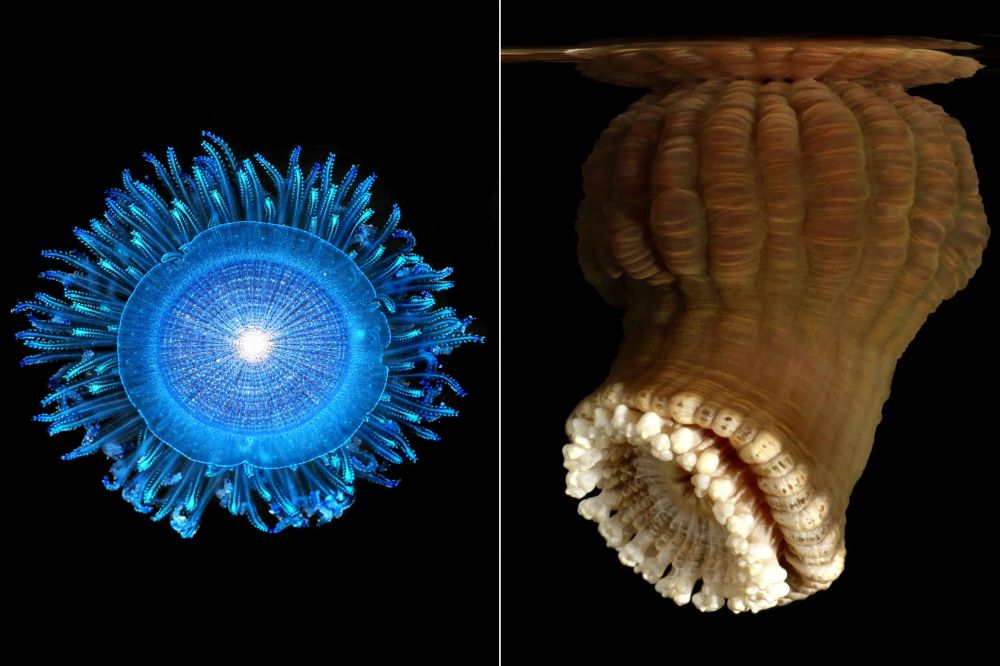
Image: Denis Rieck
Following the discovery of floating life in the Great Pacific Garbage Patch, a debate has ensued on whether it is good news or bad. While many people see it as the glass half full, some look at it as glass half empty. Personally, even though the garbage patch has supported a few species, the presence of ocean plastic is harming every aspect of the planet and disrupting the biodiversity equilibrium of the oceans.
The only sensible thing to do right now is to amend our ways and shed our dependency on plastic, no matter how difficult that sounds.
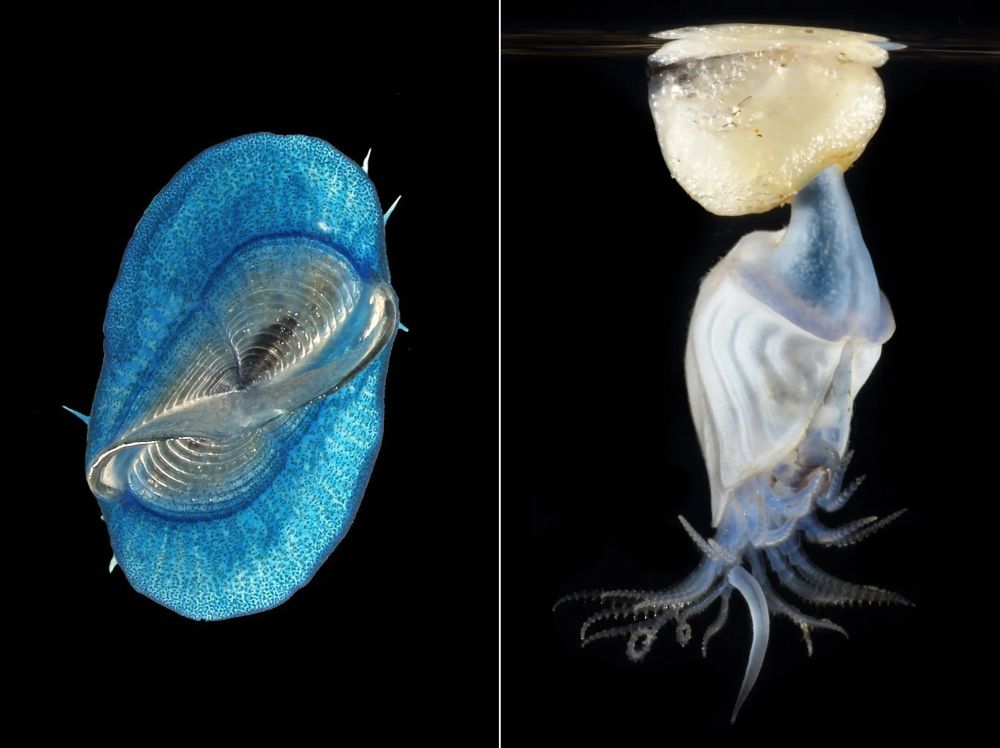
Image: Denis Rieck
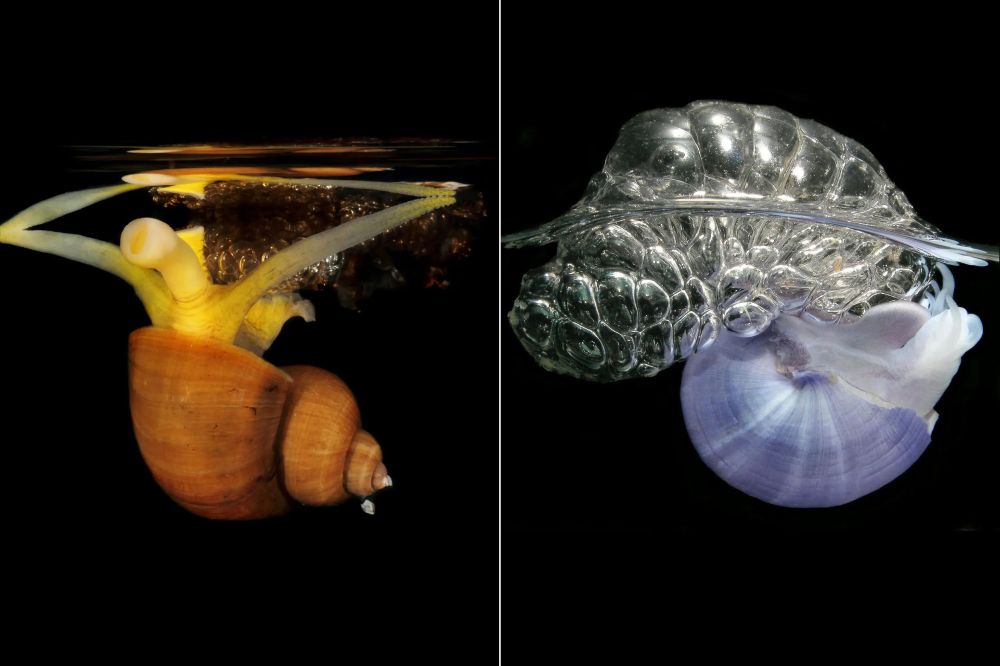
Image: Denis Rieck
Via: Vice


